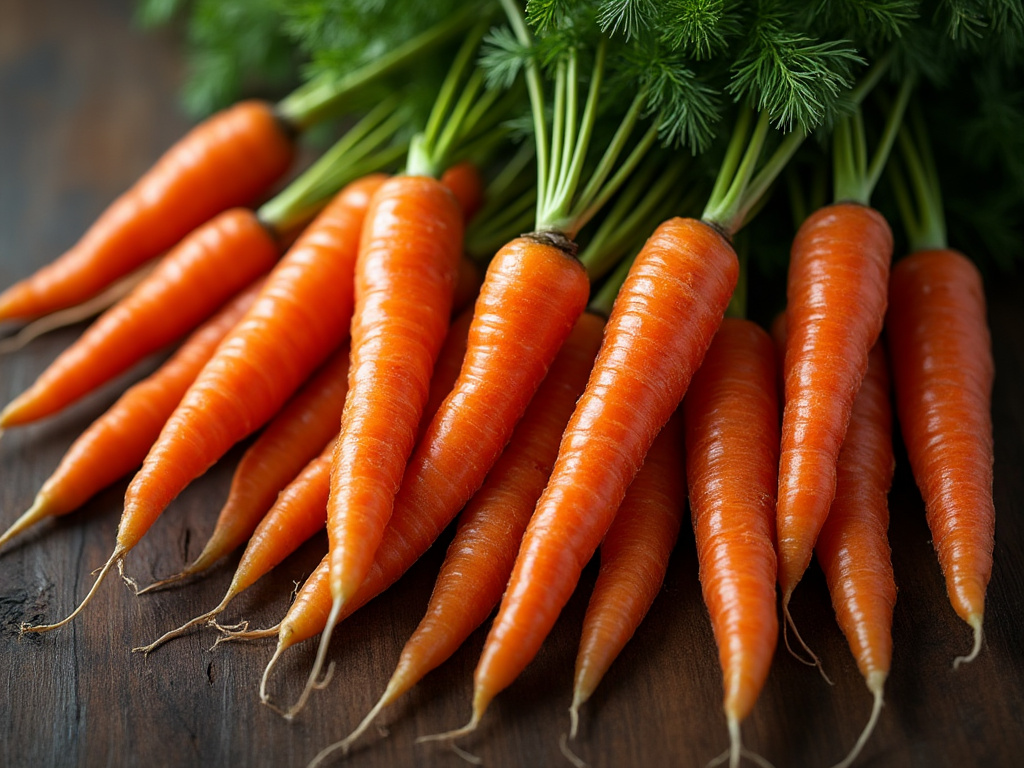When we think of radioactivity, our minds usually drift to nuclear power plants, hazardous waste, or even superhero origins. But did you know that some of the foods we eat every day have their own tiny doses of radioactivity? Before you panic, it’s important to remember that the levels found in these foods are completely safe for consumption. In fact, radioactivity is a natural part of our world, including the food chain. Let’s dive into the surprisingly radioactive foods that might just be sitting in your kitchen!
1. Bananas
Bananas are the poster child for naturally radioactive foods. They contain potassium, and with that comes a small amount of potassium-40, a radioactive isotope. Eating a banana won’t give you superpowers, but the potassium they offer is essential for your health. The radioactivity level is so low that you’d have to eat 10 million bananas in one sitting to receive a harmful dose—so there’s no need to worry about that banana split!

2. Brazil Nuts
These delicious and nutrient-packed nuts are one of the most radioactive foods out there. Brazil nuts absorb higher amounts of radium due to their deep roots reaching into the soil. Radium is a naturally occurring element that’s slightly radioactive. However, you’d have to eat a truckload of Brazil nuts to even get close to harmful levels. In moderation, they’re a great source of selenium, which supports your immune system.

3. Potatoes
Surprisingly, the humble potato also contains small amounts of radioactive elements like potassium-40. It’s not just the potassium, though—potatoes also naturally absorb radon from the soil, making them slightly radioactive. But don’t let that stop you from enjoying your fries, mashed potatoes, or baked spuds! The levels are far below anything that could harm you.

4. Carrots
Carrots might be known for their eye-boosting beta-carotene, but they also contain traces of radioactive elements. Like many root vegetables, carrots absorb radon from the soil, which means they have very low levels of radioactivity. The amount is so minimal that you’re still better off munching on them for a snack rather than worrying about their radon content.

5. Red Meat
Yes, even your steak has a bit of radioactivity in it. Red meat contains potassium-40, like many foods, and sometimes trace amounts of radioactive carbon-14. This is because all living things naturally absorb carbon-14 from the atmosphere. Again, the levels are incredibly low and perfectly safe to eat, so feel free to keep grilling those burgers and enjoying that steak dinner.

Why Are These Foods Radioactive?
Radioactivity in foods comes mainly from two sources: elements found naturally in the soil and air, and isotopes like potassium-40 and carbon-14, which are a natural part of the Earth. Over time, these elements get absorbed by plants and animals, making their way into the foods we eat. But there’s no need to panic! The human body is equipped to handle these small doses of natural radiation, which we encounter every day through air, water, and even our own bodies.
Are These Foods Safe to Eat?
Absolutely! The levels of radioactivity in these foods are so low that they pose no health risks. In fact, many of them are essential parts of a healthy diet, providing vital nutrients and minerals. Unless you’re planning on eating a mountain of Brazil nuts in one sitting, there’s nothing to worry about. So go ahead and enjoy your bananas, carrots, and potatoes without fear.
Final Thoughts
Radioactivity might sound scary, but in the case of these foods, it’s all part of nature. Understanding the science behind everyday foods can turn the mundane into something interesting and weirdly fun to think about. Who knew your lunch could double as a science lesson?
Have you ever heard of other radioactive foods? Or do you have any quirky food facts of your own? Drop them in the comments below!